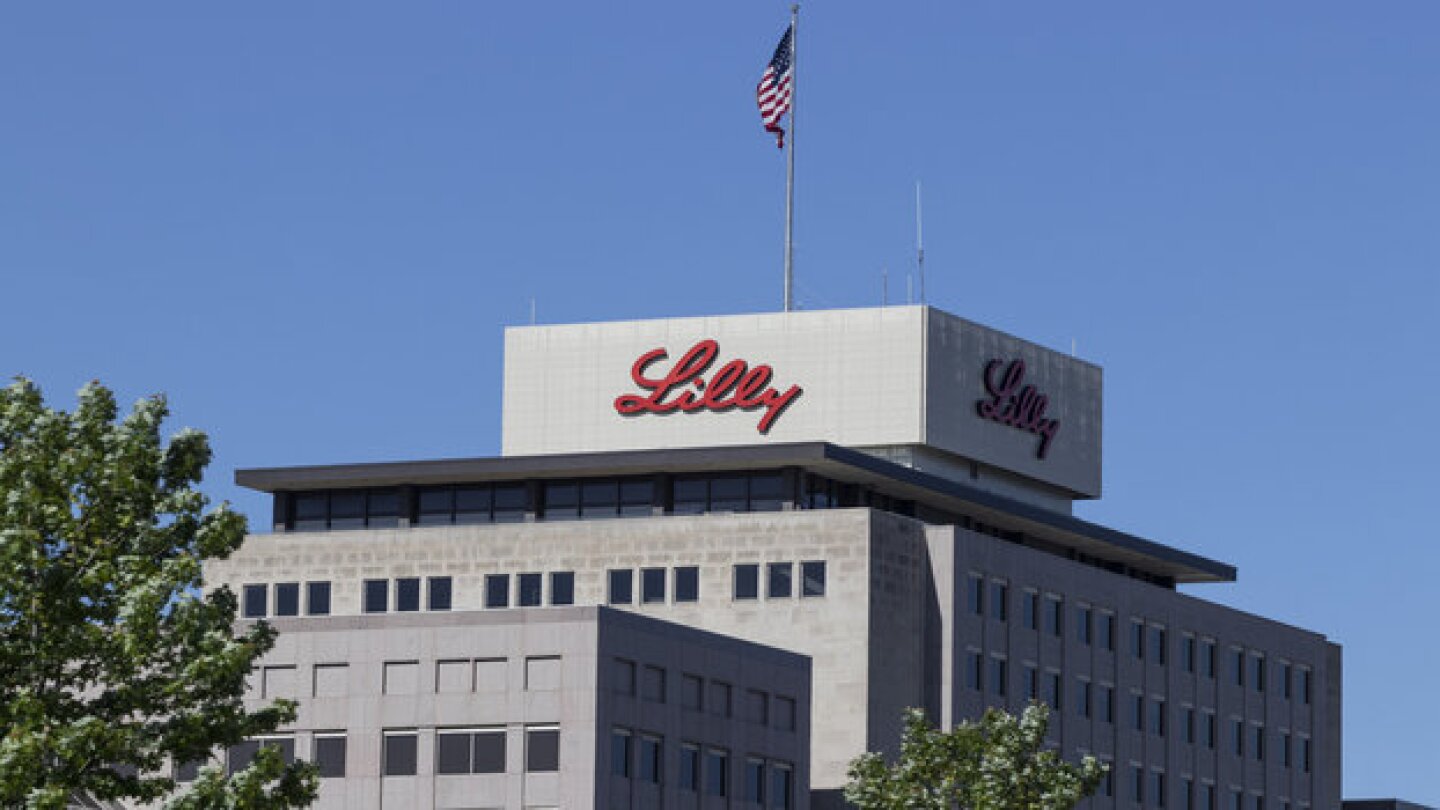Phase II
Novo Nordisk’s amycretin showed no weight-loss plateau over 36 weeks in patients with type 2 diabetes, suggesting its efficacy could become even stronger with longer follow-up, according to analysts at BMO Capital Markets.
NervGen will meet with the FDA early next year to align on a regulatory path forward for NVG-291 in chronic spinal cord injury.
While expressing disappointment, William Blair analysts were unsurprised by the Phase II failure, having assigned the VISTA study a high level of risk given the “mixed” performance of a similar drug in a prior multiple sclerosis study.
Winrevair yielded significant and meaningful clinical benefits for patients with combined post- and precapillary pulmonary hypertension, an indication that, according to BMO Capital Markets, has few treatment options.
Korro Bio is moving back to square one as a preclinical biotech after the failure of KRRO-110 in alpha-1 antitrypsin deficiency. The company’s stock is down 80% on all the news.
The mid-stage failure was unexpected to analysts at BMO Capital Markets, who viewed ‘770 as mostly derisked given its similar mechanism of action to Johnson & Johnson’s Spravato.
A new generation of companies is eyeing the existing, sizeable hair loss market, hoping that better formulations and new scientific targets will finally produce treatments that are safer and more effective, as well as commercially successful.
The highest dose of Eli Lilly’s eloralintide led to 20.1% weight loss after 48 weeks in a Phase II trial, exceeding analyst expectations and highlighting a “potentially best in class profile,” according to BMO Capital Markets.
In this episode presented by PII, BioSpace’s head of insights discusses how to relieve clinical trial patients of technological burden to improve compliance with guests Oliver Eden and Travis Webb.
Two patients experienced grade 3 liver enzyme elevations that were deemed related to Terns’ investigational obesity pill TERN-601.
PRESS RELEASES










